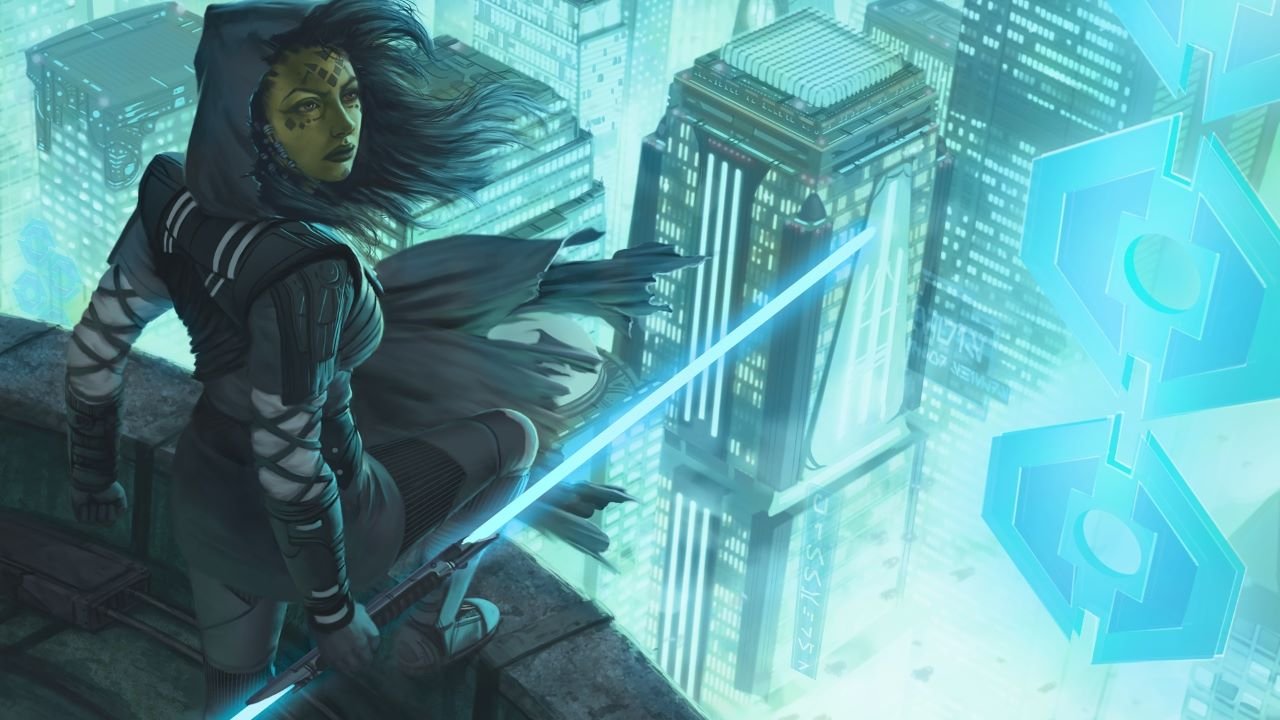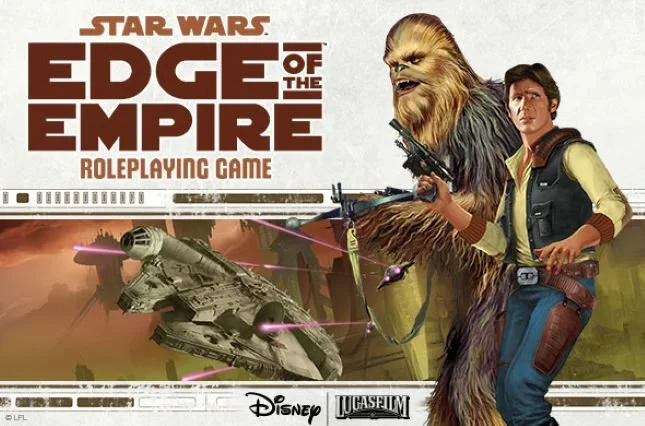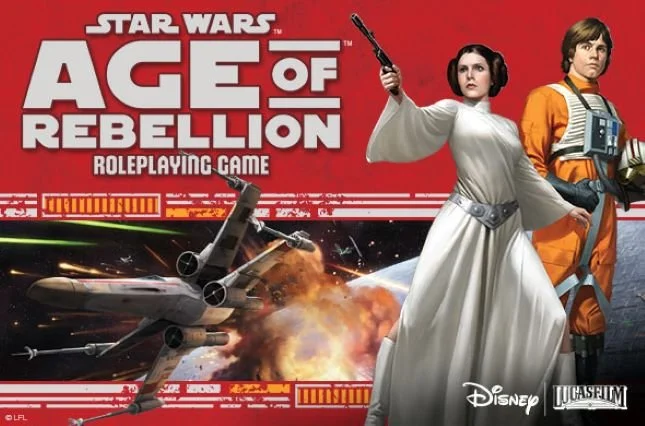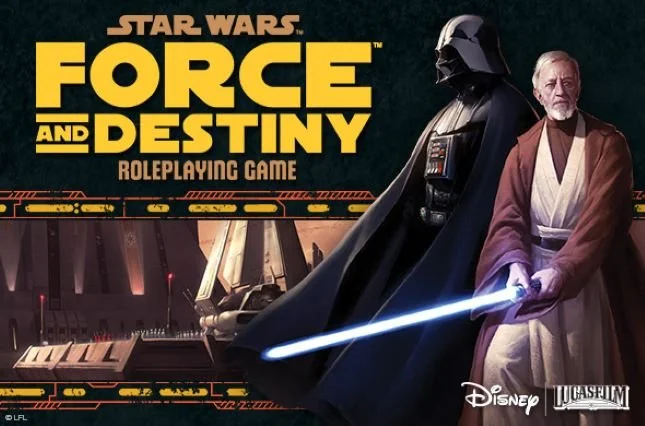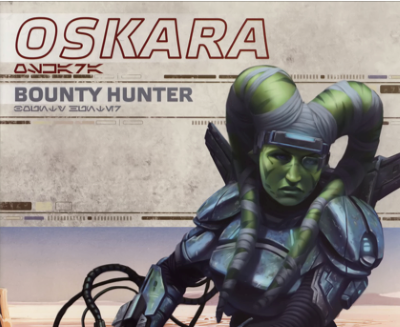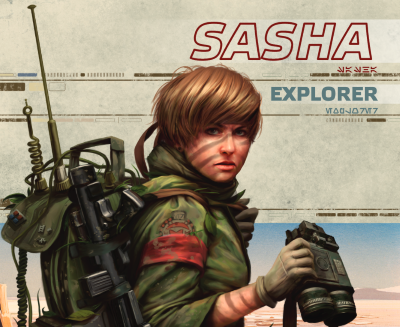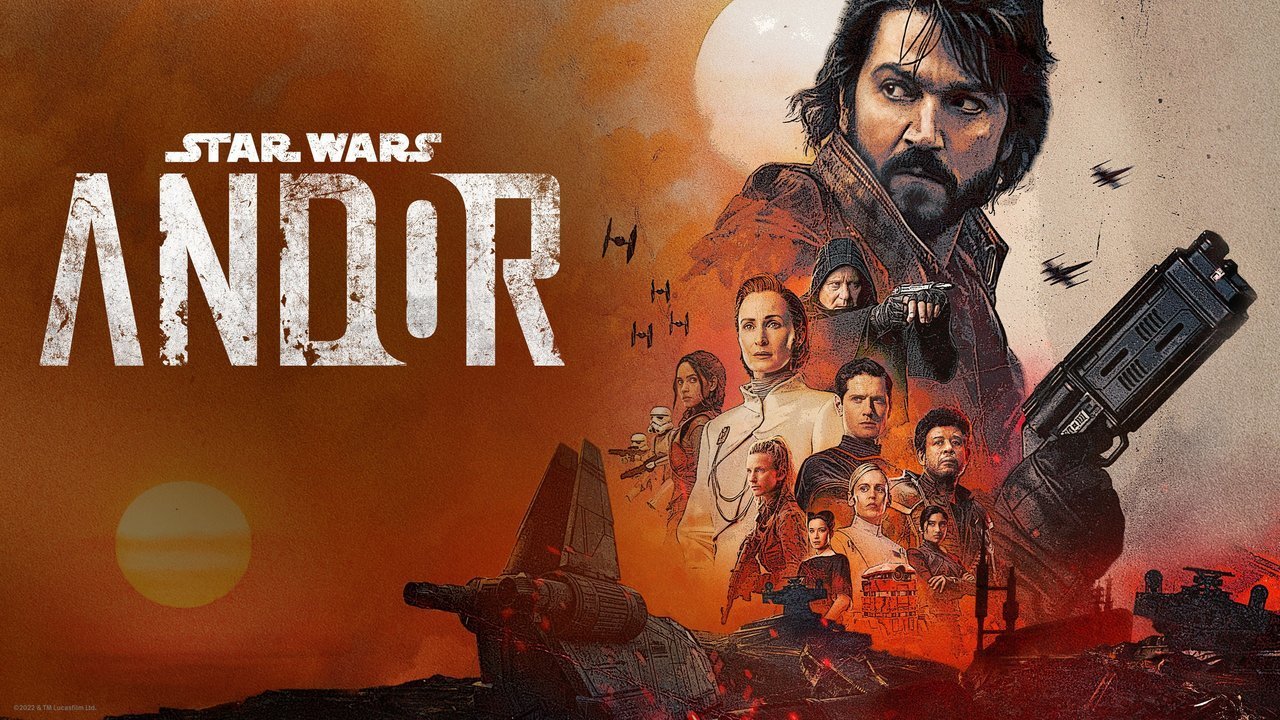Embrace The Cinematic Spirit With The 'Star Wars' RPG
A galaxy far, far away can be as close as your game table.
With Star Wars Celebration Anaheim right around the corner and speculation rampant about the future of storytelling in our favorite universe, you might be feeling the urge to create your own Star Wars story. There are many avenues to explore, from creating fan art and films to writing fanfiction, but few can give you the same instant gratification of bringing your friends together to roll some dice and make up stories as a group. We are talking about the Star Wars Roleplaying Game and how you can use it to make part of the ongoing Star Wars saga your own.
The Narrative Experience
The Star Wars Roleplaying Game (abbreviated SWRPG) was created by Fantasy Flight Games and published in 2012. It lets you and a group of friends create your own characters and go on adventures, with the goal of emulating the pace and drama found in the films. You choose your character's species and career and determine their place in the galaxy. The game has three core rulebooks, each of which represents a separate thematic element of Star Wars:
Edge of the Empire is focused on the hardships of life in the Outer Rim. It has character options like Smuggler and Bounty Hunter, emphasizing the lawless criminal element, but also more mundane careers like Colonist and Technician.
Age of Rebellion picks up the struggle for freedom and democracy in the galaxy, offering players the chance to fight for the Rebel Alliance. Choose a career as a Commander, Diplomat, Ace, or Engineer, among others, and take the fight to the Empire.
Force and Destiny embraces the mystical aspects of Star Wars, as well as the careful need to balance light and darkness. Characters can pick from careers like Consular, Guardian, and Sentinel to represent the path they walk, whether they pick up a lightsaber and follow the ways of the Jedi or the Sith, or if they choose an entirely different Force tradition.
RELATED:
Unlike Dungeons & Dragons, which uses twenty-sided dice that are relatively common in the tabletop games industry, SWRPG uses the Narrative Dice System. Narrative dice use symbols to represent good and bad outcomes, with every roll generating a number of symbols that can interact and cancel each other out.
Symbols such as Success and Failure, for example, interact to determine whether or not your character succeeds or fails at a given task. They cancel each other out, meaning that if you want to succeed you need to have at least one Success left on your roll. Otherwise, you haven't accomplished what you wanted to do.
But there's more to life than that binary. This is where Advantages and Threats come in. These don't have any effect on whether your action succeeds but what additional consequences there are. That means it is possible to fail at your action but still get a positive side effect with Advantages, or to succeed at a task but generate Threats to result in a negative consequence.
Finally, there are Triumphs and Despairs. These indicate a massive, story-changing consequence that is either positive or negative. On a Negotiation check, a Triumph might mean the person you're talking to likes you enough to become a permanent contact, while a Despair could lead to him selling you out to a Hutt. Unlike the Success-Failure and Advantage-Threat combinations, however, these two symbols do not cancel each other out—meaning it's possible to get both a Triumph and a Despair on the same roll.
There's more to the system, especially for Force users, but this narrative push-and-pull of the dice makes for a fast-paced and dynamic storytelling experience. What you think will be a straightforward hike from a local spaceport to a set of ancient ruins, requiring a Survival check to find your way, can turn into a thrilling encounter. Failure can lead to your group getting lost and bumbling into a nest of gundarks, resulting in a difficult fight. Even if you succeed, you might generate Threats that allow a rival group of treasure hunters to follow you. Once you get to the ruins, you'll need to pass a difficult Knowledge check to find the entrance. A Triumph could mean you find a guide in the form of a helpful critter, but a Despair means the Empire has already arrived and set up security around the site.
Translating Story Into Action
As we mentioned before, designers Jay Little, Sam Stewart, Adam Fischer, and Tim Flanders set out to capture the spirit of the Star Wars films with the game. You can easily see how the structure of play can be applied to the source material in order to appreciate the level of care and detail the designers took when creating the Narrative Dice System.
Let's consider the iconic cantina scene from A New Hope. Luke and Ben enter the cantina in search of a pilot who can ferry them to Alderaan. They make a Perception check to look around and see if they can find anyone able and willing to help. The check succeeds, leading Ben to Chewie, but it also generates several Threats. The Game Master (GM) explains that while Ben does the talking, Luke decides to go to the bar to get a drink. This attracts the ire of a couple of regulars who begin harassing Luke. Ben steps in and tries to smooth things over with a Charm roll, but he fails and things get hostile.
Ben is out of options. Looking to make a decisive end, he makes a Lightsaber combat check. He gets a Triumph, inflicting a critical injury on one of Luke's assailants and scaring them off...but he also rolled a Despair, which means someone in the crowd tips the Empire off. Now time is of the essence, putting a ticking clock on their search for a pilot.
There are many ways this scene could have unfolded at the table. Upon seeing the Threat on Ben's initial Perception check, Luke might have suggested that he get into trouble during Ben's search, or that might have been the GM's idea. Ben might have been involved in a Negotiation check at the time, meaning he couldn't have come to Luke's aid. If Ben hadn't rolled that Triumph to disarm—literally and figuratively—the situation, there might have been a protracted combat that attract the attention of stormtroopers quicker.
Knowing the system, you can see it reflected in a number of other moments in the Star Wars universe. Luke sinking the torpedoes to kill the Death Star? Absolutely a Gunnery check with a Triumph, aided by his Force-enhanced power. The Boonta Eve Classic podrace? Multiple competitive Piloting checks between Anakin and a number of NPC adversaries, with lots of Advantages and Threats thrown around to help and hinder the pilots. Finn and Rose being grabbed by Canto Bight security right before reaching the codebreaker? Totally a Despair with extra Threats on a Perception check.
Once you see it, you can understand how to approach the game like a Star Wars storyteller. Every choice doesn't need to have life-or-death stakes, but each roll of the dice should ratchet up the tension. In the Star Wars galaxy, things never stand still—inaction solves nothing, and the heroes have to struggle to stay ahead of the villains.
You also don't need to limit yourself to canonical Star Wars either. The game easily works with Legends lore. In fact, the Edge of the Empire core rulebook was produced before Disney's acquisition of Lucasfilm. Maybe you would like to explore some of the alternate interpretations of the galaxy presented by Star Wars: Visions? No tweaks required. Just dive right in.
Clouded, The Future Is
Fantasy Flight Games spent years expanding SWRPG through supplements, including adventures and sourcebooks. Most of these books were focused on each game line, fleshing out the careers and themes found in the core books. While the game focused on the time of the original trilogy, particularly the time between A New Hope and The Empire Strikes Back, later books delve into the Clone Wars and the time between the prequel and original trilogies.
Fantasy Flight Games stopped producing RPG content in late 2019, and passed the baton to Edge Studio, a subsidiary of their parent Asmodee. While Edge has already started work on other games, such as the venerable Legend of the Five Rings and Genesys, aside from a single post there has not been any indication of what the future of SWRPG looks like under their watch.
So what does this mean? On one hand, it means there's potentially something new on the horizon, but exactly what it is and how long we have to wait remains to be seen. On the other hand, the current state of SWRPG could be considered "complete" on its own. Even though there is no material to cover more recent Star Wars releases, there are 38 books, including adventures and supplements to the rules.
Everything you need to take your first step into a larger world is out there. All you have to do is visit your local game store, download the free Star Wars Dice app for your smartphone, and get your crew of friends together.
May the Force be with you.
Disclosure: We hope you like the items we recommend! Culture Slate has affiliate partnerships, so we receive a share of the revenue from your purchase. This won’t affect the price you pay and helps us out.
READ NEXT:
Source(s): Edge Studio

